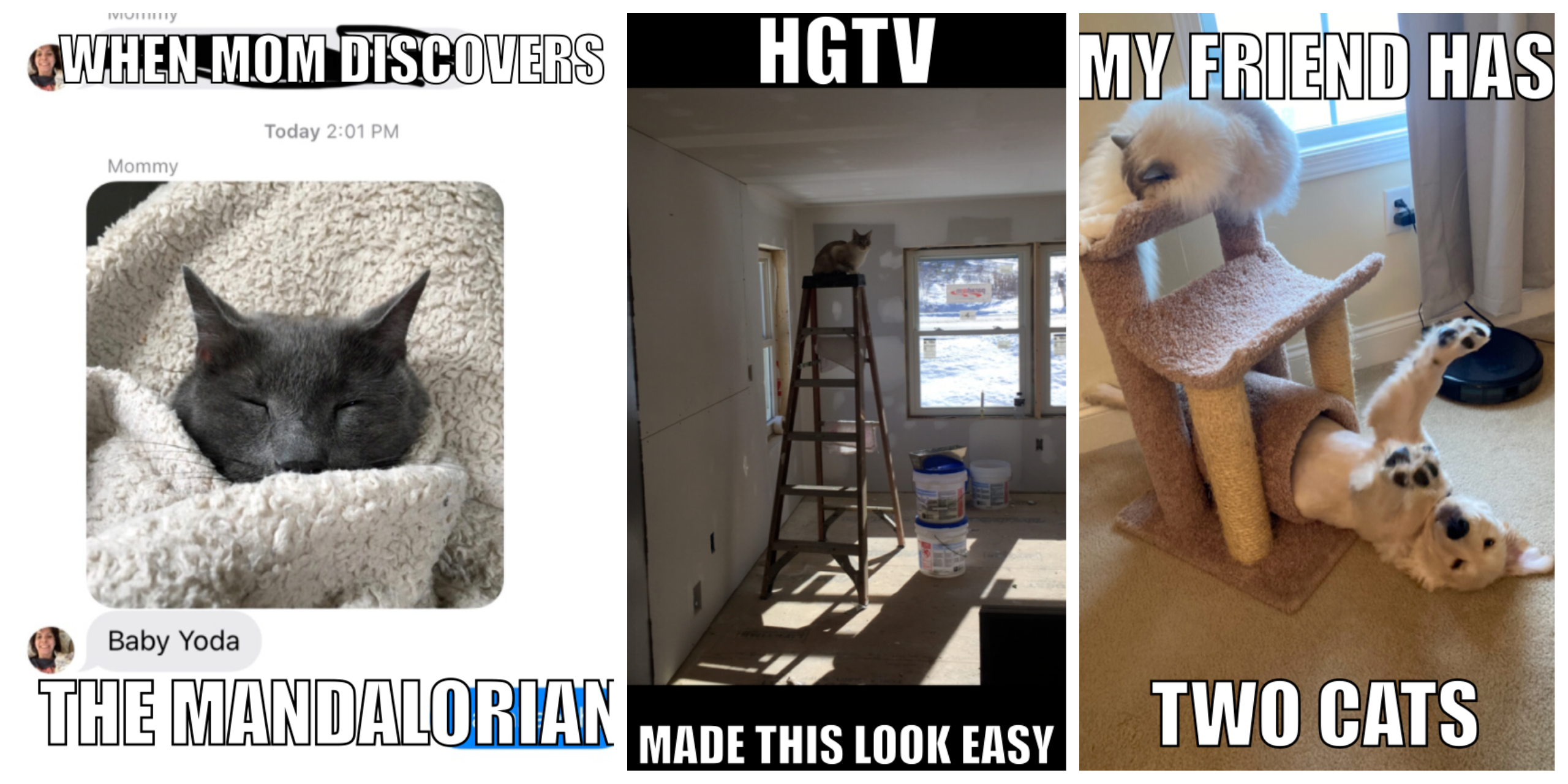Oasis
 Wednesday, June 2, 2021 at 01:00PM
Wednesday, June 2, 2021 at 01:00PM You don't always have to travel far to have meaningful experiences! Read about where Rachael Lahar of the University of Illinois goes for some well deserved R&R!
Oasis
Directly across from the University of Illinois Veterinary School is an oasis. I stumbled upon the arboretum in the first week of veterinary school. Since then, it has been my favorite place to visit when I was overwhelmed by the weight of knowledge I need to comprehend.
As I explored the gardens, my body relaxed, my mind cleared, and the stress upon my shoulders lifted. I was surrounded by blooming flowers, greenery, fresh air, and even monarch butterflies. My visits continued throughout my first semester; each time I would discover a new aspect I had overlooked on my previous adventures. As the seasons changed, I experienced my first taste of fall and now snow.
No matter what is happening in my life or the stressors of veterinary school that are upon my mind, the arboretum is there for me.
A place of peace.

 experiences,
experiences,  flowers,
flowers,  meditation in
meditation in  Experiences,
Experiences,  News
News 


